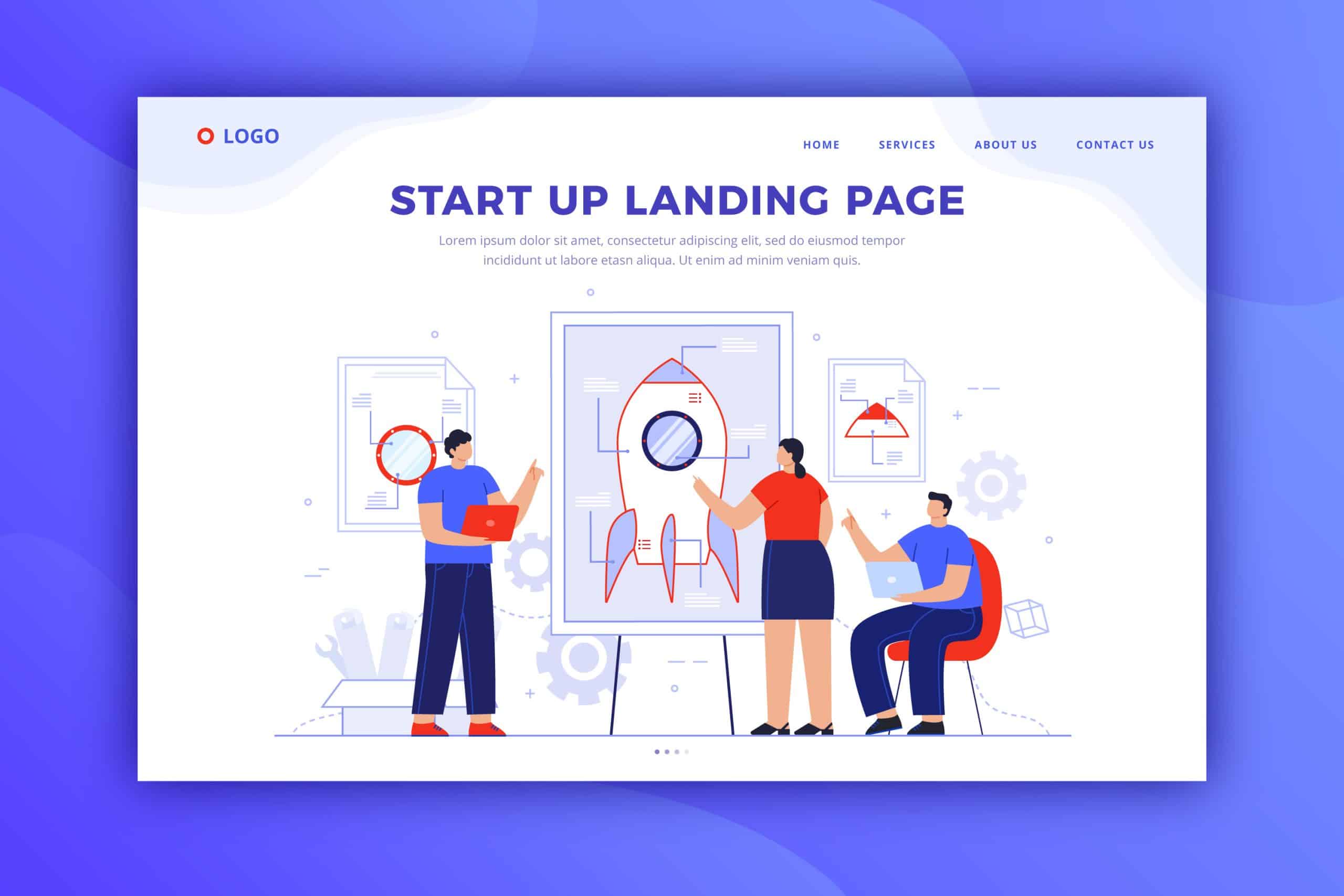Organic SEO - An Introduction
Organic Search Engine Optimisation (SEO) is the practice of optimising a website and its content to improve its visibility in search engine results pages (SERPs) without relying on paid advertisements.
It enhances the website’s relevance and authority to attract organic (non-paid) traffic from search engines like Google, Bing, and Yahoo. This webpage will explore the concept of organic SEO and its significant benefits for businesses.
The Importance of Organic SEO
- Increased Visibility:
SEO helps businesses improve their search engine rankings, allowing them to appear on the first page of relevant search results. Since most users click on links displayed on the first page, higher visibility leads to increased organic traffic to the website. - Credibility and Trust:
When a website ranks high organically, it often signifies credibility and trustworthiness to users. People tend to trust organic search results more than paid advertisements, resulting in higher click-through rates and improved brand perception. - Cost-Effectiveness:
Unlike paid advertising, SEO does not require continuous financial investments. Once the website is optimised, the traffic generated is essentially free, making it a cost-effective long-term strategy for businesses. - Targeted Traffic:
Organic SEO allows businesses to target specific keywords and phrases related to their products or services. This targeted approach helps attract relevant traffic that is more likely to convert into customers, leading to higher conversion rates and better ROI. - Long-Term Results:
While paid advertising campaigns may cease to deliver results once the budget is exhausted, organic SEO provides long-term benefits. Businesses can maintain and improve their rankings by consistently optimising the website and creating high-quality content that resonates and captures their audience’s attention. - Competitive Advantage:
In highly competitive industries, such as automotive, and finance, organic SEO can provide a competitive edge.
By outranking competitors in search results, businesses can gain a larger share of the organic traffic, increasing market presence, establishing trust and potential customer acquisition.

Key Components of Organic SEO
- Keyword Research:
Identifying relevant keywords and phrases users search for is essential. Keyword research helps businesses understand their target audience and optimise their website accordingly. You could target different types of keywords, such as short-tail or long-tail keywords, user intent keywords, branded and non-branded keywords, competitors keywords and much more. - On-Page Optimisation:
This involves optimising various on-page elements, such as meta tags, headings, URL structure, and content, to improve the website’s relevance and crawlability by search engines. - Technical SEO:
Technical optimisation focuses on improving the website’s technical aspects, including website speed, mobile-friendliness, crawlability, and indexability. It ensures that search engines can easily access and understand the website’s content and how it relates to the user search query. - Content Creation:
High-quality, informative, and engaging content is crucial in organic SEO. Creating optimised content that targets relevant keywords helps attract organic traffic and encourages backlinks from authoritative sources. - Link Building:
Building high-quality backlinks from reputable websites improves a website’s authority and trustworthiness. Link-building activities include guest blogging, influencer outreach, and creating shareable content to earn natural backlinks. - User Experience Optimisation:
A positive user experience is crucial for organic SEO. Optimising website design, navigation, and page load speed can enhance user satisfaction, increase dwell time, and reduce bounce rates. - Monitoring and Analysis:
Regular monitoring of organic rankings, traffic, and conversions allows businesses to evaluate the effectiveness of their organic SEO efforts. Analytics tools like Google Analytics provide valuable insights for further optimisation.
Conclusion
Organic SEO is a powerful and cost-effective strategy for businesses to improve online visibility, attract targeted traffic, and establish credibility in search engine results.
By investing in organic SEO techniques and consistently optimising their websites, businesses can benefit from increased visibility, trust, targeted traffic, cost-effectiveness, long-term results, a competitive advantage, and improved overall business performance.
Get in touch if you want an SEO Audit or would like more information about how your business could increase its Organic SEO.





